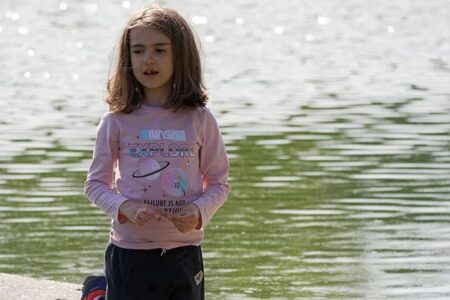Unveiling Concealed Nazi Relics in Argentina’s Supreme Court Basement
In a startling revelation, Argentina’s Supreme Court has uncovered several boxes containing Nazi-era memorabilia stashed away in its basement. This discovery, reported by Deutsche Welle, has reignited debates surrounding the nation’s intricate and often controversial relationship with World War II history. Among the items found were military uniforms, documents emblazoned with swastikas, and vintage weaponry. The presence of these artifacts within a government facility raises pressing questions about their provenance and the reasons behind their clandestine storage.
Authorities have initiated an exhaustive inquiry to trace how these objects arrived at this location and whether they hint at a larger network of Nazi sympathizers or collaborators that may have operated covertly within Argentina. Specialists believe these relics could be linked to the country’s contentious post-war era when it reportedly served as a refuge for numerous fleeing Nazi officials.
The forensic team is meticulously cataloging various items including:
- ID papers potentially connected to suspected Nazi affiliates
- Photographs capturing ceremonies featuring Nazi insignia
- Personal letters alluding to Argentina’s role as a sanctuary during wartime upheaval
| Artifact Category | Date Range/Origin | Status Condition |
|---|---|---|
| Uniforms | Nazi Germany, circa 1940s | Moderate preservation state |
| Documents & Papers | Mixed origins (1939-1945) | Brittle and fragile condition |
| Munitions & Weapons (Deactivated) | World War II period artifacts |
Historical Context and Legal Ramifications Surrounding the Discovery of Nazi Artifacts in Buenos Aires
This unexpected find serves as a stark reminder of Argentina’s multifaceted post-WWII narrative-a time when it became an inadvertent haven for many escaping Europe’s turmoil. The preserved collection includes original packaging materials alongside personal effects, insignias, and official documents tied directly to the Third Reich. Historians stress that such tangible evidence deepens our understanding of how Latin America factored into global wartime migrations while prompting renewed discussions on historical responsibility.
The legal dimension is equally significant. Argentine judicial authorities are now navigating complex international statutes concerning war crimes accountability and cultural heritage protection. Given Argentina’s commitments under treaties aimed at prosecuting crimes against humanity, this discovery could catalyze fresh investigations or even requests for repatriation from countries affected by Nazism.
The government faces delicate challenges balancing national sovereignty with international justice imperatives-ensuring that these sensitive materials are preserved respectfully while contributing meaningfully to education about past atrocities.
- Nazis’ Personal Effects Found: Documents, insignia badges, personal belongings
- Tenuous Historical Link: Post-war migration routes funneling Nazis into South America
- Court Proceedings Initiated: Application of international law frameworks on war crimes
- Possible Judicial Outcomes: Reopening cold cases related to WWII atrocities
| Main Focus Area | Description | |
|---|---|---|
| Sightings LocationBuenos Aires governmental premisesn Discovery Methodology Sealed containers discovered during routine inspection Next Steps Comprehensive forensic examination coupled with judicial review International Implications Potential revival of war crime probes across borders |
| Oversight Domain | Recommended Strategy | Anticipated Benefit |
|---|---|---|
| Scheduled quarterly inspections leveraging tech-enabled tracking tools< / td > | Early identification of missing or misplaced items< / td > < / tr > // Staff Training | |
| Mandatory courses focusing on ethics & archival best practices< / td > | Heightened sense of responsibility among custodians< / td > < / tr > // Whistleblower Support | |
| Anonymized reporting channels paired with legal safeguards < | Easier detection/reporting leading to greater institutional transparency < /tr > // Interagency Collaboration | |
| Cohesive information exchange forums held regularly < | Tighter collective monitoring reducing risk factors |
Reflecting on the Discovery: Charting A Path Forward For Transparency And Historical Reckoning
The unearthing of hidden Nazi relics beneath one of Argentina’s most prominent institutions marks a pivotal moment in confronting uncomfortable aspects embedded within its history. As investigations proceed diligently toward uncovering origins and intended purposes behind storing such material secretly inside government premises-the episode underscores how vigilance remains paramount even at society’s highest echelons.
This incident not only rekindles dialogue around accountability but also highlights opportunities for educational initiatives aimed at ensuring future generations understand both historical truths-and lessons learned from them-to prevent repetition worldwide.< p >




